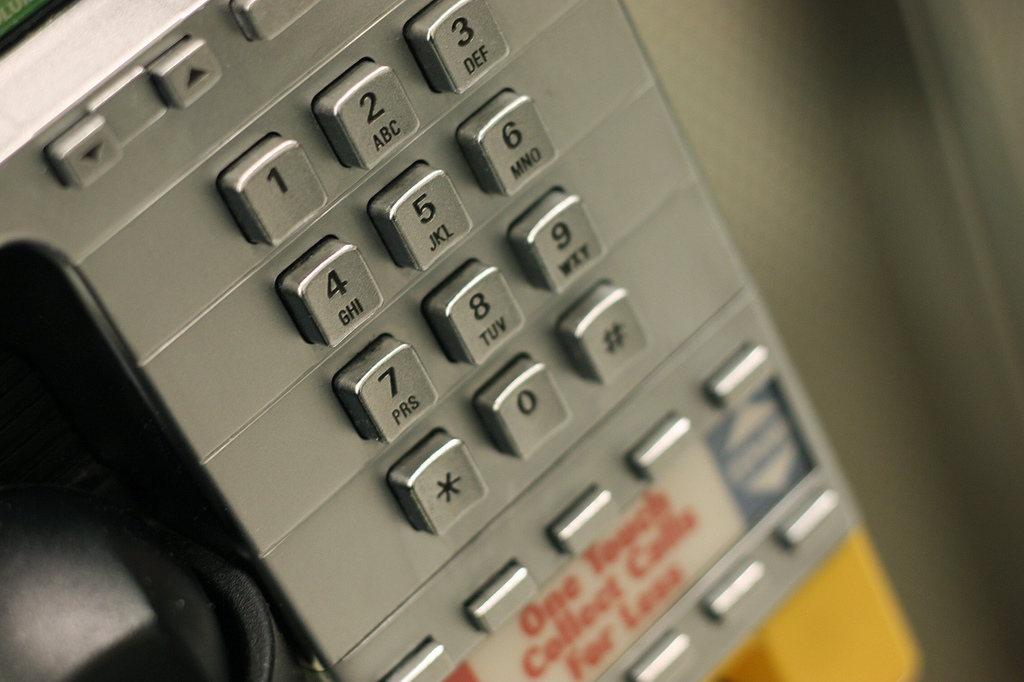For the longest time it seemed like my NEC ND-3500AG refused to burn anything. While there were a few spindles of older discs that worked, a new stack of Magnavox DVD-R produced nothing but coasters.
At first I thought it might be the fact that I am running Ubuntu and perhaps there are issues with cdrecord and certain DVD media. My initial response to this was to simply return the DVD discs to the retailer and complain that they didn’t work. This tactic was starting to become problematic, as my older stock of discs was beginning to run out and every new batch of DVD discs would fail to work.
After some browsing on the NEC website, it was clear that my DVD firmware was out of date. Is this possible? A computer BIOS sometimes needs updating to take advantage of certain features, but I have never heard of updating your DVD firmware to read/write new media.
What’s going on here?
While DVD media is branded by well known companies, there are actually only a few manufacturers of the media itself. For example, my Magnavox DVD-R disc has a CMC MAG AM3 Media ID which indicates it was actually manufacured by CMC Magnetics and is among the lowest quality media.
$ dvd+rw-mediainfo /dev/dvd
The Media ID is important because it tells the DVD burner what kind of disc it is dealing with regardless of the branding on the box. Each type of DVD+-R media has a different combination of reflective layer and organic dye. The reflective layer is not a factor as long as the disc has been properly sealed and air cannot get into the disc, so generally speaking your only problem will be the dye in the disc that is burned to create the pits on the DVD. These dyes provide stability for a limited lifetime; for example, the earliest dyes were only stable for around 10 years while a modern dye can last for 70-100 years.
On a DVD-R disc, there is no error correction when burning so there is a delicate balance between speed, laser and dye. The DVD-R discs advertise the speed they can be burned at, but the burner must be able to recognize the type of media and the proper speed to burn it with. For example, a Taiyo disc rated at 8x using a Super Cyanine dye will behave differently than a Mitsui disc rated at 8x with a Phthalocyanine dye.
Ultimately, this is the reason for updating your DVD firmware. These updates can help mitigate your risk with lower quality DVD+-R media and provide optimal burn speeds for all of your discs.


